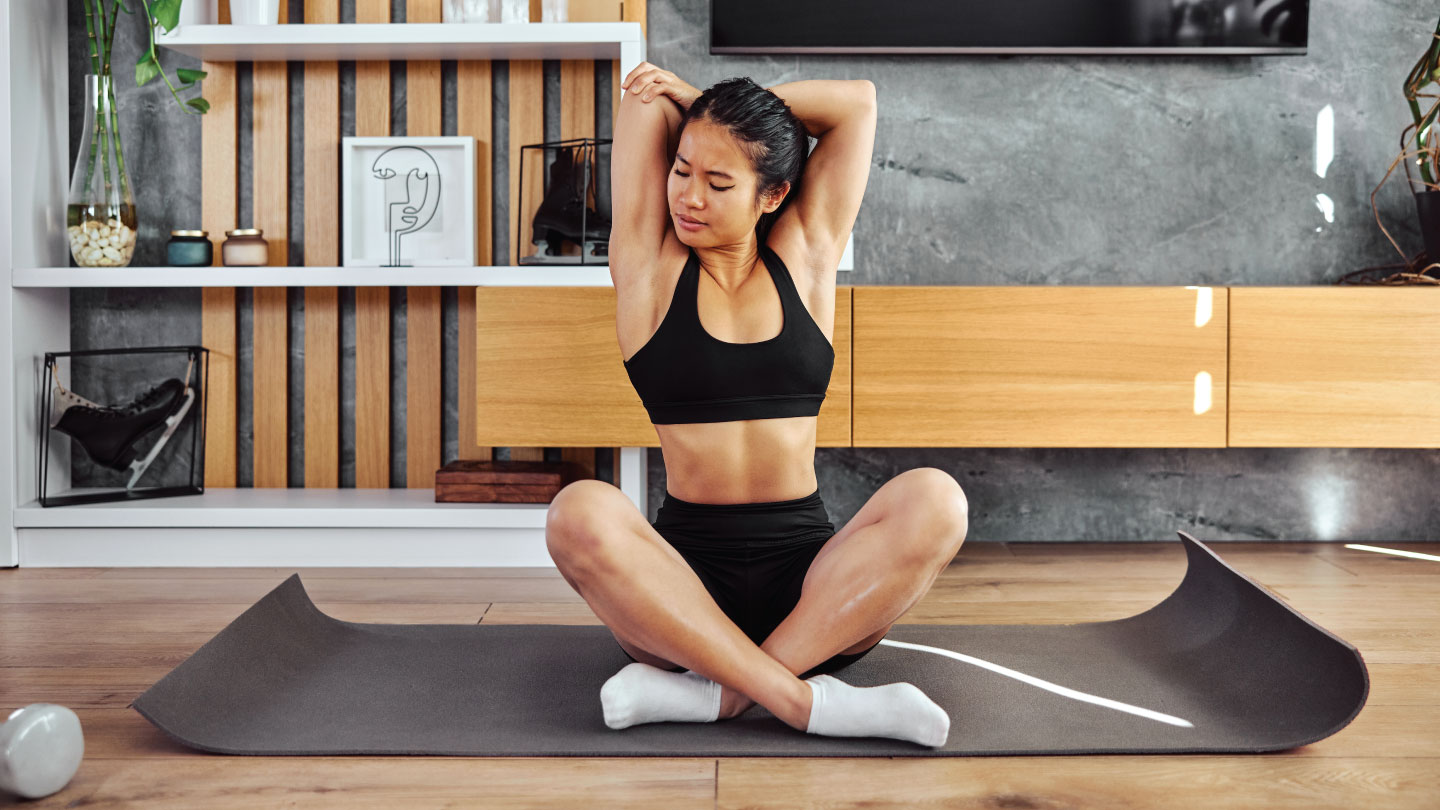Movement
Turn Your Daily Walk Into A Workout With These 5 Hacks
The health benefits of walking every day are many, plus it’s an easy exercise for all ages. Practice the following to make the most of your daily walk, as a little technique can go a long way.

Walking一it’s just one foot in front of the other, right? The benefits of walking daily are numerous, and it needs no equipment or training. According to the National Institutes of Health, USA, walking can not only help you burn calories and improve fitness, but also protect your cardiovascular health, strengthen your bones and muscles and uplift your mood.
Staying active need not be complicated, as you can walk in the morning, in between work breaks or even inside your home. You can start with just 10 minutes of walking daily, and then build your endurance over time. Try mixing up your pace, add some resistance training or incline. With the right shoes and posture, you’ll be able to avoid unwanted injuries and reduce aches and pains of a sedentary work or school schedule.
What's more, walking doesn't have to feel like a workout. There are many ways to make the activity fun and engaging. Walk with a buddy or your pet or try listening to music, an audiobook or a podcast to liven things up. Such minor but essential adjustments to your walks will not only reap maximum results but also be easy to keep up in the long run.
Related story: Five Ways To Level Up Your Running Game
1. Wear the right shoes
Walking is an activity that needs no fancy equipment, but if there’s one thing you should pay attention to, it’s your shoes. According to the Journal of Physical Therapy Science, different shoe types have a significant impact on lower extremity muscle activity and stability during your daily walk and workout. Ill-fitting shoes "change the foot bones and hamper gait posture, in addition to causing various adverse conditions, including calluses, corns, neuroma, hallux valgus, toe deformities, ankle sprains, Achilles tendinitis, and knee and back pain,” says the 2015 paper. Your shoes must be the right size, feel comfortable, have good heel support and flexible soles. They must be lightweight and well-cushioned for optimal shock absorption. Make sure to replace your current pair from time to time for the best protection, even if they aren’t visibly battered.
Related story: Six Tips To Get The Best Running Form
2. Pick up and mix up your pace
Your walking pace is determined by your fitness goals. If you’re walking to de-stress and refresh yourself, then a casual stroll is the ticket. However, research suggests upping your speed if you’re looking to walk as a workout. A study, conducted by the London School of Economics, revealed that brisk walking is more effective in weight loss in the long run. However, if continuous brisk walking is unsustainable for you, try doing so at short intervals. Walk 5 to 10 minutes at a comfortable pace to catch your breath, followed by 10-20 seconds of power walking. You can do so throughout your walk or as long as it’s doable for you.
Related story: How To Start Running—A Plan For Beginners
3. Add more exercises to the routine
If you want to challenge yourself or burn some of that extra energy, try adding some variation to your walks. Apart from doing some pre-walk and post-walk stretches to warm up and cool down, you can also incorporate some bodyweight resistance training into your daily walk. Walk for 5 minutes, then stop and do a few reps of squats, push-ups, burpees, lunges一you decide. Work your way to burn more calories, strengthen your muscles and change things up every now and then.
4. Maintain good posture to prevent injuries
Whether you’re a newbie or want to optimise your walking workouts, a proper form is indispensable in any form of exercise一and walking is no exception. Good posture will result in better breathing, lesser aches and pains, and no unwanted injuries. Harvard Health Publishing suggests four ways that can improve your posture, prolong your walking distance, activate your full range of motion and help you lose weight better. The goal is to stand tall and look front. Engage your abs, but do not tense your pelvis. Relax and swing your arms like a pendulum from your shoulders, and make sure they don’t cross in front of you. Finally, be light-footed, but make sure to not bounce or bop your head as you step forward. A 2014 Journal of Applied Biomechanics paper says that overstriding (taking a longer step in the front) can increase the risk of lower leg injuries, so make sure to practice your strides as well.
Related story: 7 Easy Ways To Get Yourself Moving
5. Walk uphill on an incline
Did you know that walking on an incline, such as up a slope or stairs, can help you walk and work out at the same time? A 2013 PLoS One study concluded that running or walking at the same speed but on an increasing incline can raise the heart rate of well-conditioned runners by more than 30 beats per minute. While walking on a flat surface naturally targets your lower body muscles, incline-walking also engages your glutes and hamstrings, thereby improving posture and performance. By activating your calves, you are also able to strengthen your ankles. A 2018 study published in the Journal of Foot and Ankle Research found that “walking on a medial incline ramp could be an effective exercise to improve the neuro-muscular function of the peroneal muscles and, therefore, might be a suitable exercise for people with weakened ankle evertors." However, keep in mind that people with back pain may find it difficult to go on a daily walk on an incline and must do so under professional guidance.
EXPLORE MORE
A home-based yoga routine can elevate energy, sharpen focus, and nurture mental calm. Discover why it’s worth starting now.
Your posture is whispering a story about stress, screens, and slouching. Here are 6 exercises you must try!
In a world addicted to speed, Shavasana is proof that true regulation begins when you slow down. Discover how this humble pose is the simplest solution to the chaos within you!
When your thoughts won’t slow down, these yoga poses teach your body to stay present in the moment.








.jpg)
.jpg)
